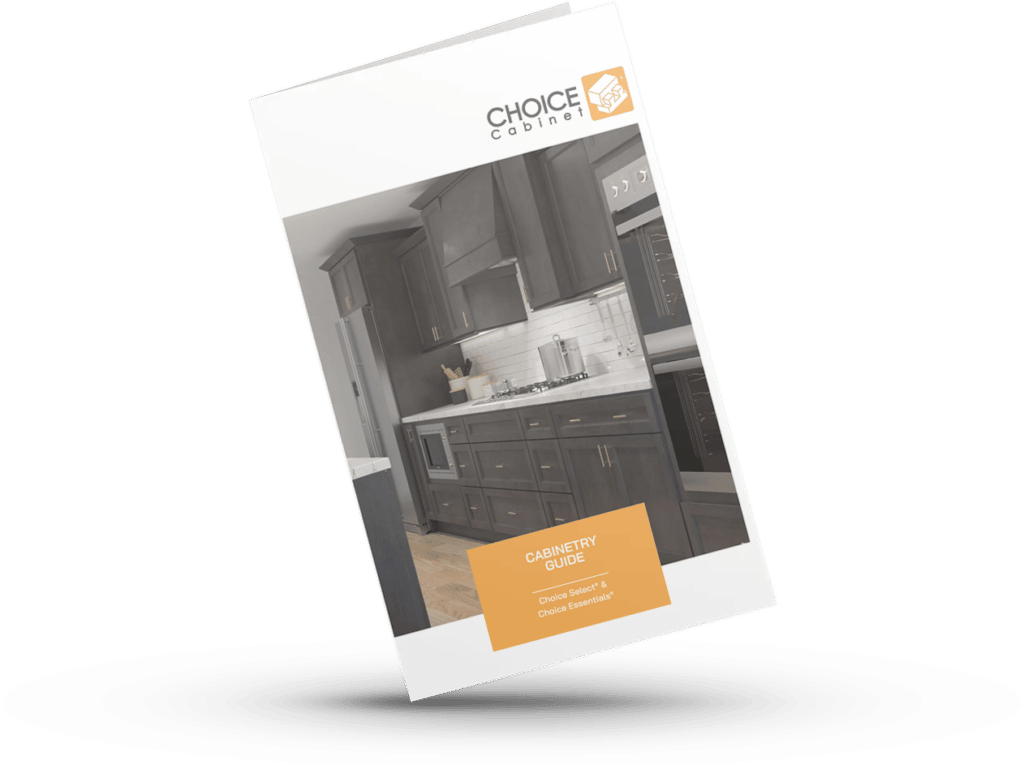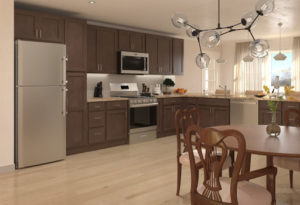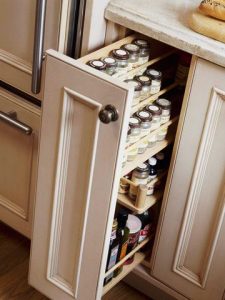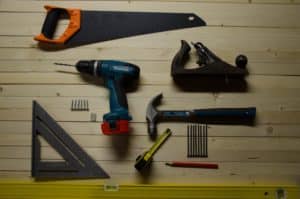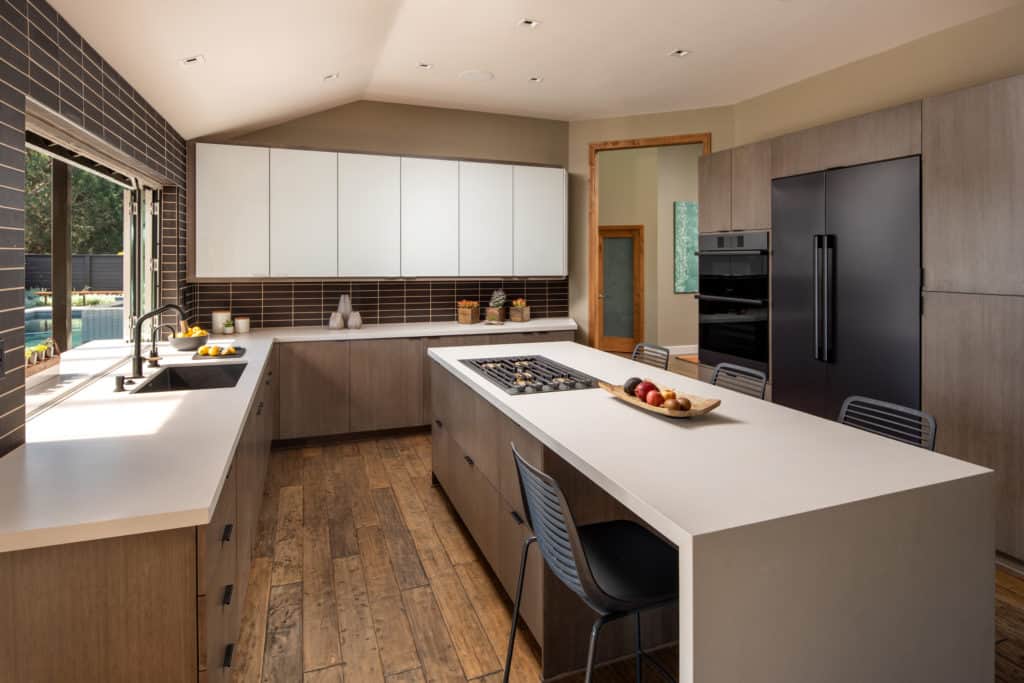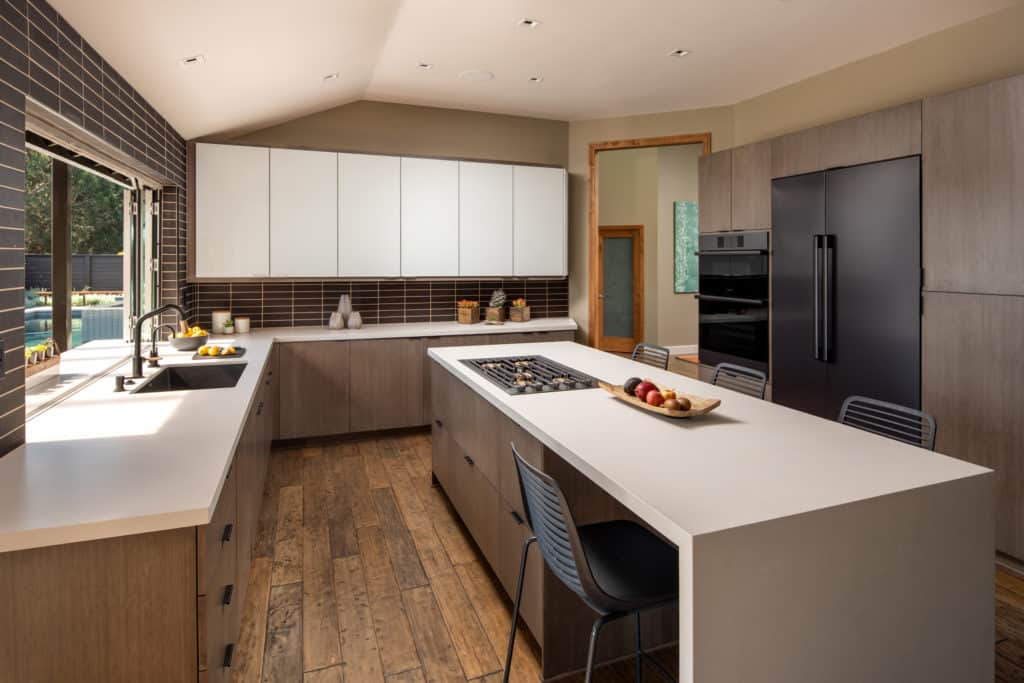
There’s no denying the fact that having classy cabinetry can elevate the appearance of any kitchen. However, when choosing cabinets it’s important to look beyond their aesthetic qualities since aside from being a key factor that defines a kitchen’s character they are also intended to serve a purpose.
Hence, it’s important to consider what material the cabinets you hope to buy are made of as this is usually what determines how well they’ll cope with daily usage.
Before you go on to choose the best material for your next cabinet or for a resale as a dealer, check out the advantages of buying directly from the wholesaler
Common materials used in producing cabinets
Here’s a list of some of the popularly used materials for producing kitchen cabinets and some useful information concerning them to assist you in striking a balance between durability, structural support, and style.
1. Solid wood cabinets
Most kitchen cabinets are made from a special variety of hardwood such as hard maple and hickory. These are considered to be the most suitable materials for cabinet production due to their high scratch and dent resistance thanks to their naturally hard texture.
Although the high quality and impressive features of hardwood cabinets make them more desirable compared to softwood cabinets, they do [remove the word however, since you although began the sentence] however come at a much steeper price usually starting at $95 per linear foot.
2. Cherry wood cabinets
This is a special kind of hardwood, rich in color and usually with unique designs and intricate patterns. Cabinets made with cherry wood have become quite popular these days due to the sleek and welcoming atmosphere they bring into any kitchen, although they are usually quite expensive – costing over a few hundred dollars for a single unit.
They look stunning and add a level of personality to kitchens with contemporary or traditional designs and their texture allows them to avoid damage even from severe impact from knocks or mishandling which is why they’re worth every cent.
3. Fiberboard
kitchen [capitalize Kitchen] cabinets made with fiberboard are commonly sold by big-box stores with a price tag of around $100 to $250 per square foot. They are made with smaller fibers of natural wood and have three resin-saturated layers which are merged under high pressure.
The smooth and hard surface of fiberboard is why it’s most commonly used by interior designers for kitchen remodels. The major setback of this kitchen cabinet material is that it’s not as hard or durable as hardwood and has a tendency to get damaged by moisture.
4. Wood veneer
These are actually thin layers of solid hardwood peeled from logs. Wood veneers are typically very thin until they are pressed or glued unto fiberboards or particle boards to form much thicker panels.
Unlike the other materials, wood veneer isn’t considered an actual cabinet-making material, instead, it’s seen as more of [add “a” here] finish material. A square foot of this cabinet material goes for $6 to $10 per square foot, they’re easy to handle and make for an amazing cabinet finish.
5. Particleboard
Particleboard is one of the most unconventional materials used for producing cabinets. It’s made by combining wood chips and particles with adhesives to make flat panels. The result of this cabinet material option isn’t exactly as firm as the other alternatives since it’s basically a combination of recycled fibers and shards of wood ground together and held in place with glue.
6. Plywood cabinets
A lot of cabinet producers prefer to use plywood over medium density fiberboard not just because it’s more affordable, but because of its base layer stability, the superior screw holding power, and smooth interior surfaces.
Thinner plywood layers are usually applied to cabinet backs, while thicker ones are used on the sides of the cabinet box as well as the drawers. The natural variation of this wood material makes it ideal for custom cabinetry, which is why it’s highly sought after by cabinet manufacturers in the semi-custom realm.
It’s the perfect time to see the difference between particleboard and plywood cabinets and which one you should rather go for.
7. Medium-density fiberboard [fiberboard]
This is classified as a high-grade cabinet-producing material. Medium-density fiberboard MDF cabinetry is made from resin and recycled wood fibers. They are typically dense and heavyweight.
The reason why more customers are beginning to gravitate towards medium-density fiberboard MDF, even though it’s made of recycled wood products is because of its resistance to peels and cracks and its smooth surface makes it very easy to paint over.
8. White oak wood cabinets
White oak isn’t just durable, it’s also impact resistant and relatively stronger than most wooden materials. One might expect this material to come at a very high price, but it’s actually the opposite as they are relatively inexpensive even with their level of quality.
These high-quality cabinets are available in a wide array of styles and finishes and usually have pronounced grain-like patterns which makes them a fitting choice for traditional kitchens.
Advantages of wood cabinets
Using wood for cabinetry has its perks as most wood materials are highly durable and are guaranteed to stand the test of time. In case they ever get damaged over time, they can simply be sanded and re-stained, then a new finish can be applied.
Another notable advantage of wood [add the word “cabinets” here] is that they are easy to customize to fit any kind of project whatsoever. Cabinets made with wood can be designed in a wide array of styles and depths and come in different sizes. Of course, this also means that they can be installed in any kitchen – no matter how small or large.
Disadvantages of wood cabinets
Hardwood cabinetry has its benefits. However, there’s no way around the high cost of acquiring such materials. Particleboard on the other hand is considered a much cheaper alternative, but note that the affordability of this material doesn’t necessarily make it a suitable choice since they aren’t guaranteed to last very long.
Laminates
Laminates are most commonly used for modular kitchen designs. This finishing material is classified based on the kind of materials they are used on – for instance, laminates used on plywood are referred to as high-pressure laminates while those used to finish medium density fiberboards and particleboards are known as low-pressure laminates.
1. Matte finish laminate
Matte finish laminate cabinetry has a mild level of reflectiveness and incorporates a degree of quiet elegance into any kitchen space. The major advantage of matter finish laminate cabinetry is their resistance to dust and scratches, plus they are also super easy to clean and don’t require everyday maintenance.
2. Gloss finish laminate
Glossy laminate cabinetry has a luxurious, attractive shine to them. These classy kitchen items are capable of lighting up any kitchen space and also impart a touch of elegance to the environment.
Although they are quite pleasing to look at, they do [delete “however”] however require frequent cleaning and maintenance as fingerprints and smudges are very noticeable on them and they are also susceptible to scratches.
3. Textured laminate cabinets
One of the best ways to add some depth to a monochromatic kitchen is by installing some textured laminate cabinets. They are appropriate for most kitchen designs because they are capable of simulating the appearance of most solid wood cabinetry and their heavily textured surfaces make them invulnerable to scratches. Although you should note that even though their surfaces are scratch-resistant they are likely to retain grime and dust.
4. Solid color laminate cabinets
Installing [suggesting you add the word solid, with a comma here before the word multi-colored to tie in the heading] multi-colored laminate cabinetry can make a kitchen appear much more vibrant. All you have to do is combine two or perhaps even three different colors by choosing the most appropriate shades that match each other and add depth to your kitchen space. When selecting colors, note that scratches are much more visible on darker shades than they are on light ones.
Advantages of laminate
Laminate cabinets are available in a multitude of colors and finishes, capable of mimicking the patterns and overall appearance of wood, leather, and even stone. In addition to this, they have a protective transparent layer capable of inhibiting the spread of flames, which makes them quite suitable for kitchens. Laminates are generally treated with special materials to help them repel fire, reduce smoke emissions and delay the build-up of temperature.
Disadvantages of laminate
The only disadvantage of laminate is that when their surfaces get scratched or chipped there’s no way to repair them. When they get damaged there’s no other option than to replace the entire laminate panel.
Do you want to become a cabinet dealer for one of the biggest cabinet manufacturer in the country? Here’s all you need to know for guaranteed success.
With Choice Cabinet, you don’t have to worry about selling. We have made a reputation out of dishing out quality every single time. Our cabinets sell themselves. Want to become a dealer for Choice Cabinet? Fill out this quick form and let’s get you set up.
Other cabinet materials
The following are also used in manufacturing cabinetry, although they aren’t as popular as solid wood or laminate.
1. Poly-vinyl chloride sheet cabinetry
Poly-vinyl chloride sheets (PVC) are available in a wide selection of colors and you don’t need any add-on’s to make them look good. They are lightweight and super easy to work with. Although, they are best suited for rented homes as their tendency to sag and irreparable nature makes them pocket-friendly but short-term investments.
2. Stainless steel
Stainless steel cabinets have very smooth and shiny surfaces and are often used in professional kitchens. However, it can be a bit of a hassle having to constantly wipe off fingerprints and scratches that are impossible to get rid of. Unlike wooden cabinets, they don’t expand or contract
Stainless steel cabinets are quite common in modern-day kitchens because they are firm, durable, corrosion-resistant, and easy to clean, although their quality does come at a high price – which is sometimes higher than some cabinets made with pressed woods and even natural wood.
Find out the difference between wood cabinets and stainless steel cabinets to help you make a more accurate decision on which one should be in your kitchen.
3. Aluminium [Aluminum]
There’s a handful of benefits that come with using aluminum kitchen cabinetry, some of which include the fact that they are rustproof, water-resistant, easy to clean, hygienic, heat resistant, and immune to an infestation. These cabinets offer great value for money but are usually pricey and quite frankly they can be a bit noisy.
Choosing the right kitchen cabinet materials
Each of the kitchen cabinet materials mentioned above has its advantages in terms of quality and price. Since no particular material is at an advantage over the other, the right material is simply the one that works best for you budget-wise and depending on what features you need.
Final words
Oftentimes, homeowners rush out to buy whichever kind of cabinet they lay eyes on without an ounce of consideration, only to be disappointed later on. To avoid this, make sure to use the information provided in this article and you’ll most assuredly get exactly what you need for your kitchen update.
Want to find out more information about becoming a member of our wide clientele of dealers? Send us a message now and let’s take the conversation further.


